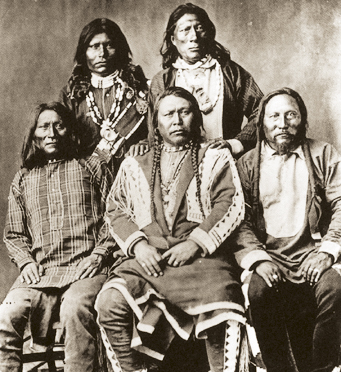


Designed to inform curiosity as well as future travels, participants will come away with an increased understanding of the art, architecture, culture, and engineering legacy of this extraordinary people. Hohokam groups practiced irrigation agriculture. Huhugam is an O’odham word for all O’odham ancestors, including those known to archaeologists as the Hohokam. It refers to people who lived in parts of central and southern Arizona between A.D. Led by an expert on North American history and archaeology, Marc Callis, this interactive seminar will explore the ancient culture known as the Hohokam. Hohokam is the name of an archaeological culture. And we will talk about what happened to this great society, a culture whose great cities were in ruins for nearly a century before Coronado and his expedition ever set foot in what is today Arizona. We will talk about their canal irrigation – the most complex system of waterworks in the pre-Columbian New World anywhere north of Peru, surpassing even the aqueducts of great Maya cities like Palenque in their sophistication. We will talk about their arts and crafts, including much of the pottery, figurines, and other artworks for which the North American Southwest is renowned worldwide. We will talk about their architecture, from some of the northernmost examples of Mesoamerican-derived ball courts to great platforms rivaling those that shared the courtyards with the pyramids in the great cities of Mexico and Central America, to four-story adobe great houses. In this conversation, we will explore the Hohokam culture. Indeed, when the first American period pioneers entered the Salt River basin in the decades following the Mexican War, the valley boasted so many remnants of this ancient culture, that the settlers named their largest city “Phoenix”, after the mythic bird who dies and is reborn from its own ashes, in honor of the people who had built their civilization in the valley before them. Hohokam Irrigation & Drainage District is a company that operates in the Utilities. Flourishing between AD450 and AD1450–a time often referred to in Southwestern archaeological circles as “The Hohokam Millenium”–this civilization supported up to 100,000 people in a single river valley. So, too, does the degree of historical continuity between contemporary indigenous peoples and precontact archaeological cultures (e.g., Hohokam) in what is now Arizona and northern Mexico.In the scorching deserts of Southern Arizona, where summer highs routinely exceed 100 degrees Fahrenheit, where the majestic saguaro, iconic to Old West cinema, stand like sentinels on the mountainsides, there once existed a culture known to archaeologists today as the Hohokam. Various agents (e.g., floods, disease, warfare) of this event are poorly understood and require additional study. The enigmatic "collapse" of Hohokam society took place shortly before European colonialists entered the North American Southwest in the mid-sixteenth century. 1450, or later) is a remarkable example of an arid land adaptation in the New World. The development and elaboration of Hohokam society from their ceramic-producing predecessors during more than two millennia (ca. Hohokam or Hohokams A member of a Native American culture flourishing from about the 3rd century bc to the mid-15th century ad in south-central. Hallmarks of the Hohokam tradition included red-on-buff pottery, large-scale canal irrigation agriculture, and monumental buildings, including ball courts, platform mounds, towers, and Great Houses. Hohokam tradition synonyms, Hohokam tradition pronunciation, Hohokam tradition translation, English dictionary definition of Hohokam tradition. The Hohokam reached an apex of sociopolitical development between the twelfth and fifteenth centuries in the Sonoran Desert of North America.


 0 kommentar(er)
0 kommentar(er)
